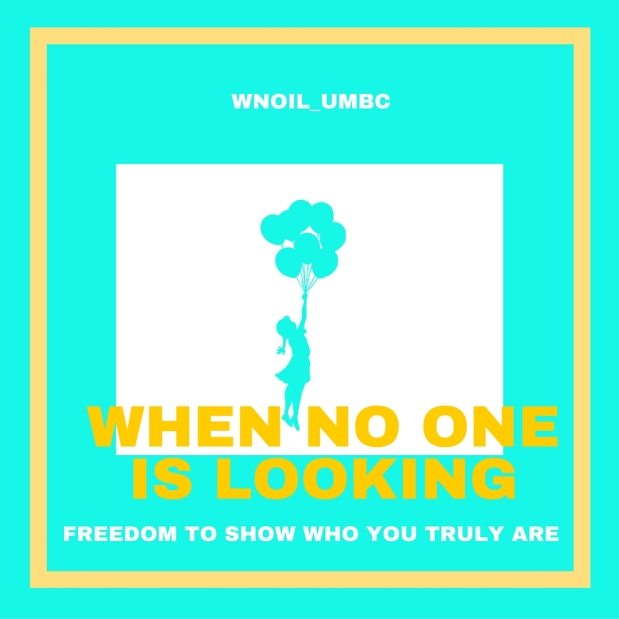YOUR Mental Health Matters
This is the focus of our activism project, and throughout the semester our goal manifested itself in different ways. In the brainstorming process, we all recognized our passion for bringing awareness to the mental health resources on and off UMBC. Our project was partly inspired by our complaints towards the counseling center on campus, but also our recognition of its importance as a resource for improving students’ mental health. To start this project, we initially planned on consulting the counseling center and see what we, as students and activists, could do to improve the atmosphere of the center. Along with consulting the counseling center, we wanted to bring awareness to mental health online as well as in person. With that in mind, we created an Instagram account and planned on making flyers and stickers.

The Instagram account (https://www.instagram.com/mental_healthactivism/?hl=en) @Mental_HealthActivism was created so that we could reach people who were not yet ready to talk about mental health out loud. Activist projects start off with stepping stones, each new stone is a new level reached. We did not want to push people and make them uncomfortable, creating a bad perception of mental health outreach. We wanted to give people a chance to talk about mental health or become aware of its importance through social media. The instagram page starts off with information about mental health and also some events that took place on the UMBC campus about mental health. The posts then go to videos about people talking about what mental health means to them, the stigma they feel surrounding mental health, and anything else that relates to mental health. This goal was to get people comfortable with talking about mental health and in hopes that seeing and hearing people talk about mental health would then get people more comfortable with the idea of mental health and hopefully take the stigma away. We worked on attempting to get the Instagram page publicity, but we learned that it was very difficult. Obtaining followers and getting likes on your posts is strenuous and does not always happen. However, we have learned through this that you do not need a thousand likes on a picture of 100 followers, you just need to make a difference in someone’s life. That was our goal with the Instagram page, to hopefully get someone more comfortable about mental health even a little more than they were before. The social media posts and flyers were meant to touch on the importance of mental health and reducing the stigma of reaching out for help regarding mental health. We found that making posters was an easy and accessible way to get information flowing about the mental health resources on campus.
We hoped that students would walk in the commons and see our flyer and take note of the capability they had to receive help and wellness.


After some advice from Dr. Kate, we realized that we could achieve our goal of bringing awareness to mental health without talking to the counseling center. Realistically speaking, we had one semester to complete our project, and trying to change the counseling center’s system might have been difficult for our group to achieve. We easily accepted this change, especially since we wanted to focus more on bringing awareness on campus. For the rest of the project, we focused solely on strengthening our awareness campaign.
One thing that we would do differently was to engage with other people and their opinions more. We found it difficult to find time to interview different people about their perspectives of mental health on college campus. If we had taken more time to interview people, we may have been able to gather different data to be able to better approach our issue with a diverse mindset. In addition, it would’ve been in our best interest to start some of our projects earlier than we did.
Our relationship with activism changed tremendously throughout this experience. First, we developed a greater appreciation for activists who dedicate their lives to their cause. It was hard enough as full time students attempting to get together and plan activities or poster designs in the semester. The amount of effort one needs to contribute to an issue they are passionate about should never be underestimated. Secondly, we learned that being activists doesn’t always mean touching one hundred people’s lives. Sometimes, activism is making small changes that will set of a chain reaction into something bigger, and this is perfectly fine. Finally, we learned that activism is more than just action. It is a change of mindset that one must have in order to reach people. Our view of outreach definitely grew throughout the semester. We also learned that ‘success’ can hold different meanings for different people and for us, success in this activism project was about spreading the word and getting people to talk about mental health, therefore I am grateful that we learned that activism is far beyond being successful or not since it is about the effort, intention and work that goes behind it.
We learned that one of the best ways to reach people is simply face to face. That one connection can change a person’s entire outlook, and possibly catalyze to many more!










